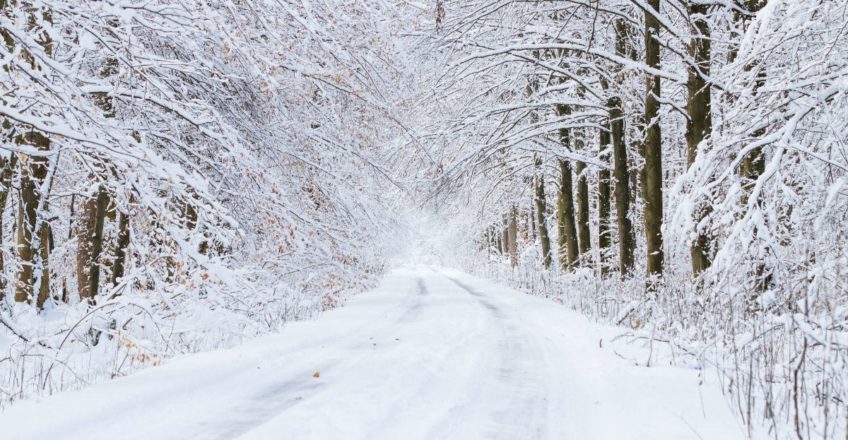By / OVM TEAM
Moving In The Winter? Let’s Do it Safely.
When most people think of winter, they think of staying inside by the fire and being cozy. But for some, winter is a time to get moving. Whether it’s skiing, skating, or bundling up and going outside for a walk, winter can be a great time to be active.
Many people find that they have more energy in the winter than during other seasons. And with shorter and darker days, it can be easier to fit in a workout or activity without worrying about the weather being too nice.
But there are some hassles associated with winter moving; others will say not only some but many, and there is so much truth to it. You must prepare your vehicle or moving van, travel on challenging road conditions under inclement weather and bring many items.
For this reason, you must prepare weeks leading to your winter moving; you need more than just a few hours. And those moving movers that are unprepared will most likely encounter trouble, not to mention accidents and untoward incidents. The relocation process is just different from s summer move.
Planning and preparing for winter move is a busy time for most of us.
So here we will discuss everything about staying safe moving in winter. From the benefits to hazards to persons and property, and tips about avoiding them, staying safe and warm, and enjoying moving cross country.
These winter moving tips will benefit professional movers, casual ones, and anyone who enjoys moving in winter.
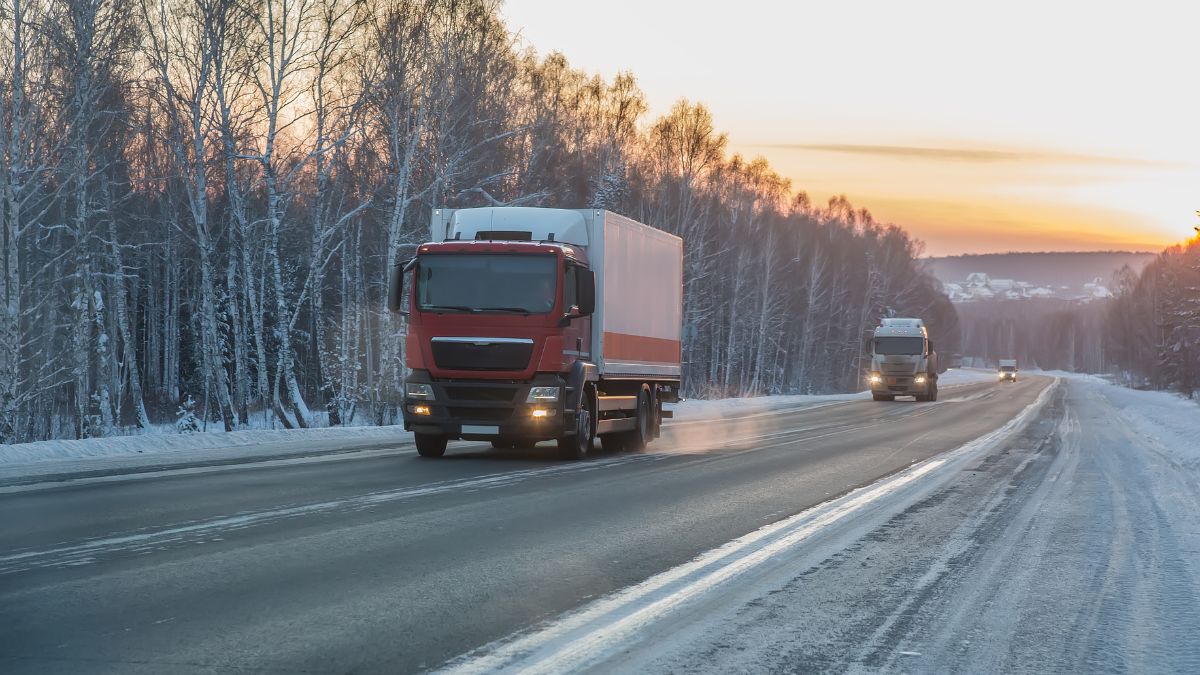
Tips for Staying Safe When Moving in the Winter
1. Make sure you have the proper supplies before you start. That includes warm clothes, boots, hats, a first aid kit, and gloves.
2. Try to move during the day when there is much light outside. That will help you see any potential hazards in your path.
3. Be very careful when walking on icy surfaces. Take small steps and avoid stepping in puddles or other areas that could be icy.
4. Make sure any vehicles you use are appropriately winterized and have good traction for slippery roads.
5. Keep an eye on the weather forecast and plan your move accordingly. If there is a chance of severe weather, reschedule your move for later.
6. Stay hydrated and take breaks often. Moving in the cold can be exhausting, so keep your energy up.
7. Keep your valuables with you at all times. That includes essential documents, jewelry, and money.
8. Have a plan for what to do if something goes wrong. That could include having a backup plan or having a house or place to stay in case your moving truck gets stranded in the snow.
Following these tips can help ensure your winter move goes smoothly and safely.
How to Keep Your Property Safe During a Move
When moving in the winter, it’s essential to protect your property. Here are a few tips to help you keep your belongings safe:
1. Make sure all your belongings are packed securely and labelled correctly. That will help ensure that nothing gets lost or misplaced during the move.
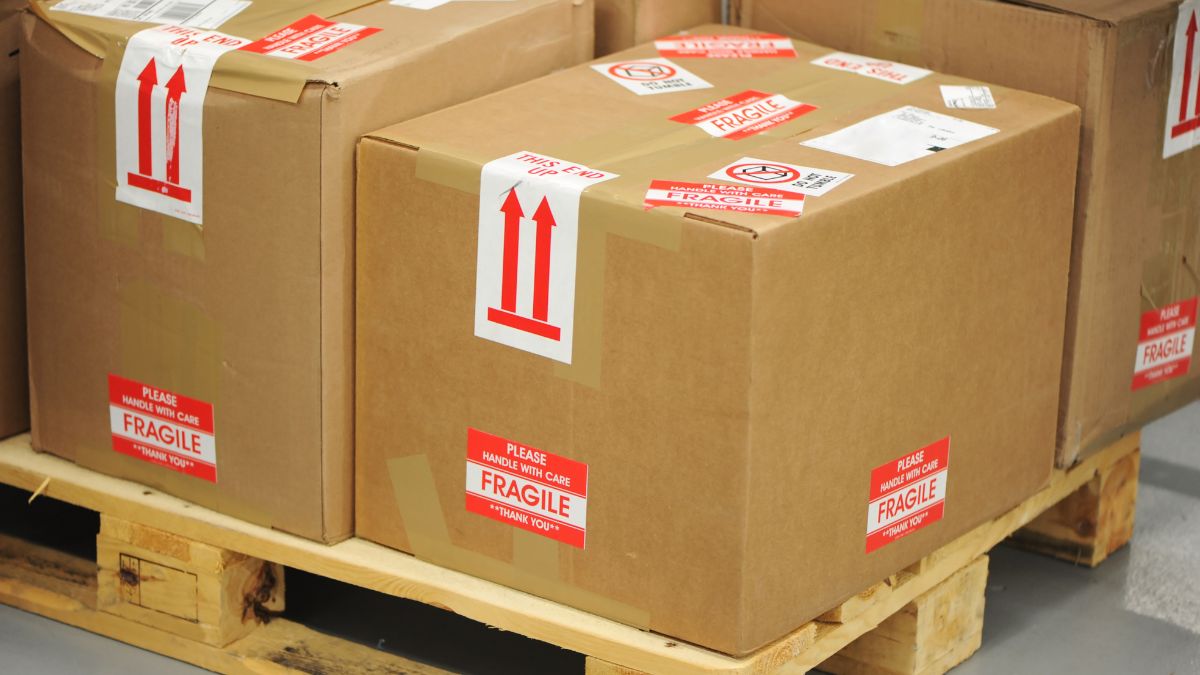
2. Try transporting valuable and fragile items yourself instead of putting them in the moving truck. That will help minimize the risk of them getting damaged or lost during the move.
3. Pack any breakable items in bubble wrap or other protective packaging. That will help reduce the chances of them breaking during transit.
4. Keep an eye on the weather forecast and plan your move accordingly. If there is a chance of severe weather, reschedule your move for later.
5. Stay alert and keep an eye on your belongings at all times while they’re in transit. The last thing you want is something stolen or damaged during the move.
Following these tips can help keep your property safe during a winter move.
What are the Hazards of Moving in Winter?
When moving in winter, it’s essential to be aware of the potential hazards that can occur. Some of the most common hazards include:
1. Icy surfaces. When walking or driving on icy surfaces, it’s essential to take extra care and avoid slipping and falling.
2. Poor visibility. In the winter, there is often less light, making it difficult to see potential hazards in your path.
3. Blizzards and severe weather conditions. You must be prepared for the worst if you’re moving during a blizzard or other severe weather conditions. Make sure you have warm clothes, food, and water if you get stranded.
4. Vehicular accidents. Icy roads can cause vehicles to skid and crash, so it’s important to drive carefully and use caution when driving in the winter.
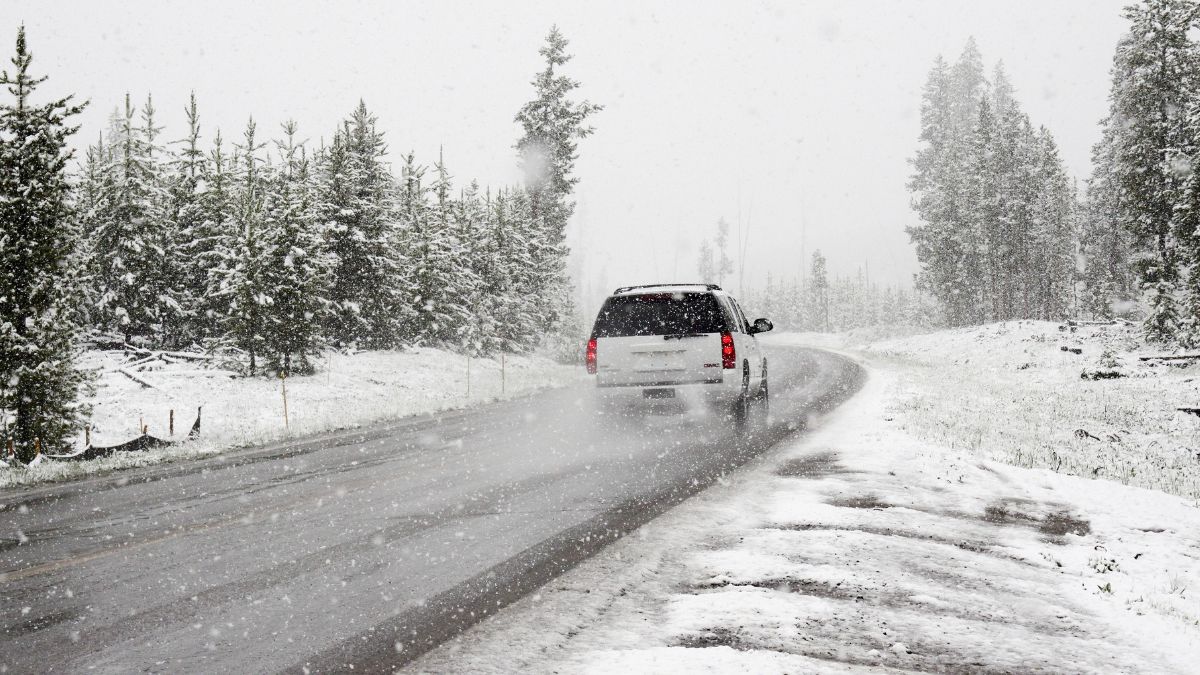
Awareness of these hazards can help ensure a safe and smooth move during winter.
What are the Injuries to Avoid When Moving in Winter?
When moving in the winter, it’s essential to be aware of the potential hazards. Some of the most common hazards include:
1. Slipping and falling.
2. Accidents due to poor visibility, unseen road closures, and the like.
3. Possibilities of hypothermia and other health hazards arising due to extreme cold.
4. Getting hit by objects
7. Accidents due to misuse of heaters.
What to Do If You Get Injured During a Move
If you get injured during a move, it’s essential to seek medical attention immediately. Here are the things you need to do when you get injured.
1. Slipping and falling. Falls are the most common type of injury during a move. Be sure to watch your footing on icy surfaces, and use caution when walking up and down stairs.
2. When packing and unpacking boxes, keep an eye out for sharp objects and other hazards. If you get hit by an object, seek medical attention immediately.
3. Straining your back or neck. Lifting heavy boxes can strain your back or neck, so it’s essential to take breaks often and use proper lifting techniques.
4. Breathing in dust and fumes. When moving, you may be exposed to dust and fumes from packing materials and other sources. If you start to feel ill after exposure to these fumes, seek medical attention immediately.
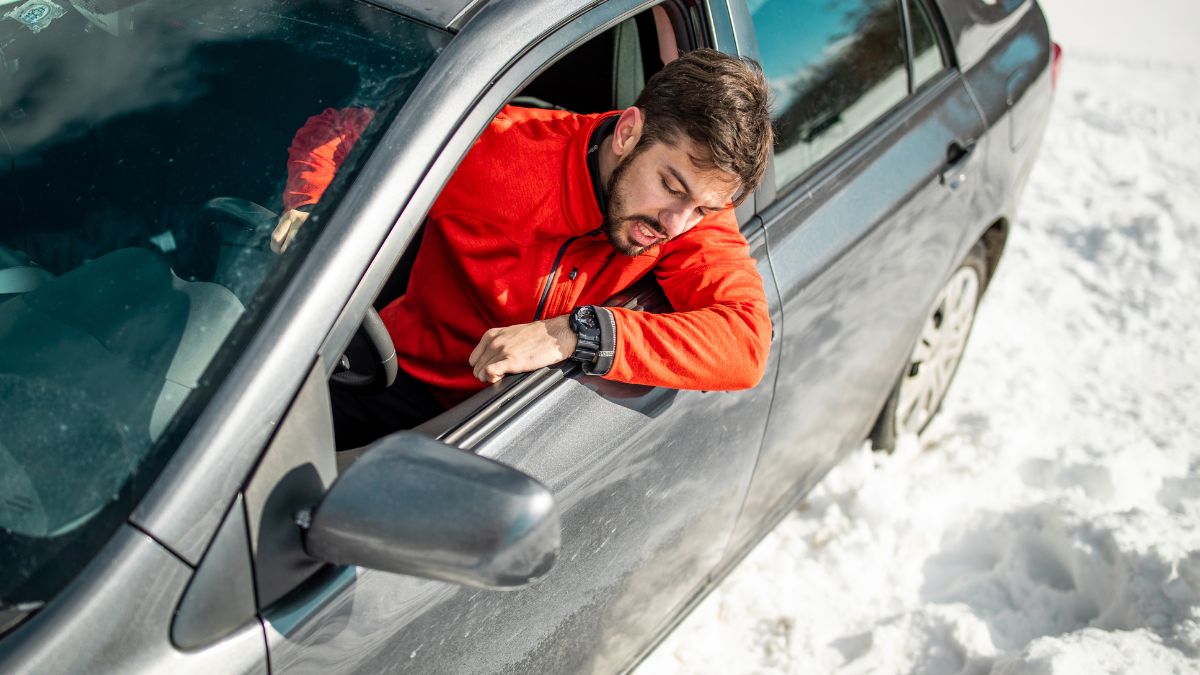
How to Stay Warm and Comfortable During a Move
Moving in heavy snow differs from travelling in summer or other weather conditions. Icy conditions can lead to various hazards, as we mentioned earlier, and they can also lead to hypothermia.
It is crucial, then, to keep warm as you move in during cold weather.
It’s also essential to stay comfortable during a move. Here are a few tips for staying warm and comfortable:
1. Drink plenty of fluids. When you’re moving, it’s easy to become dehydrated. Make sure you drink plenty of water to stay hydrated.
2. Take breaks often. Lifting heavy boxes can strain your back or neck, so it’s essential to take breaks often and use proper lifting techniques.
3. Stay active. Moving around will help keep you warm and comfortable during your move.
4. Use a space heater if needed. If you get cold while moving, use a space heater to help keep you warm. Follow the manufacturer’s instructions carefully, and never leave a heater unattended.
5. Get plenty of rest. Winter moving is exhausting, so get plenty of rest before and after your move.
6. Drink some warm beverages like hot chocolate to keep you warm.
7. To avoid untoward incidents, know all the necessary disturbances. It is best to know snowplow schedules so you can better time your move, especially if you have to travel a long distance.
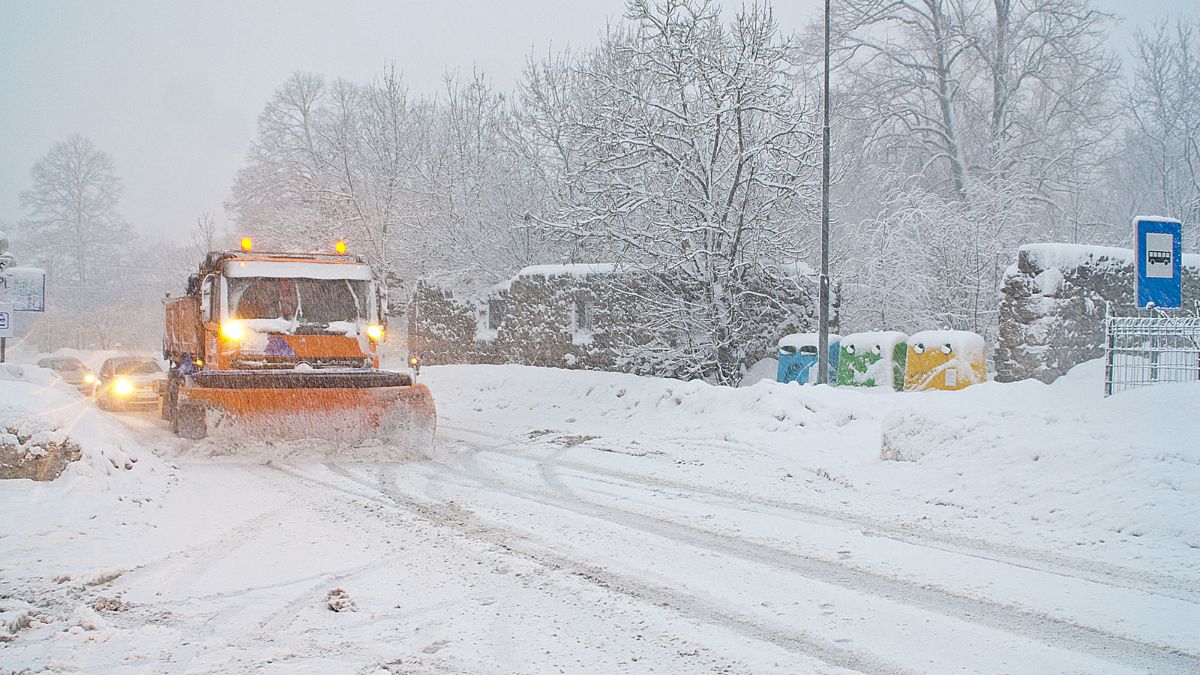
8. If you plan to get a moving service, scan the list of moving companies, get or read some reviews, and go for the most reliable one. Having the best moving company, which is very knowledgeable and professional, can save you from hassles and troubles.
By following these tips, you can stay warm and comfortable during your winter move.
What are the Essential Tools When Moving In Winter?
When moving in the winter, it’s essential to be prepared for all potential hazards. Some of the essential tools to have when moving in winter include:
1. A space heater. If you get cold while moving, use a space heater to help keep you warm. Follow the manufacturer’s instructions carefully, and never leave a heater unattended.
2. A snow blower. A snow blower can be essential for clearing a path to your house and driveway if you’re moving in snowy conditions.
3. Ice scrapers and salt. If you’re moving in icy conditions, an ice scraper and some salt can help keep you safe and your sidewalks clear.
4. Heat pads and packs. If you’re moving in cold weather, it’s helpful to have some heat pads or packs to keep you warm.
5. Gloves, hats, and jackets. Make sure you dress appropriately for the weather conditions, especially if you’ll be outside at any time.
6. Cardboard boxes and packing tape. When packing up your belongings for a winter move, it’s helpful to have plenty of cardboard boxes and packing tape on hand.

7. A large party tent. If you’re moving in cold weather and will be living in a temporary location until your new home is ready, it may be helpful to have a party tent to keep you warm and dry.
What to Do If Your Belongings Get Damaged During a Move
If your belongings get damaged during a move, it’s crucial to avoid injury or health hazards that may come with them. Some of the most common types of damage include:
1. Broken glass. When packing and unpacking boxes, be careful to avoid breaking glass. If you break glass, clean it up, and if you get hurt, apply first aid immediately and seek medical attention if necessary.
2. Damaged furniture. Wooden furniture can easily get damaged during a move, so it’s essential to take precautions when packing and unpacking your belongings.
3. Ruined electronics. Electronic gadgets and appliances are prone to damage during a move, so it’s essential to pack electronic gadgets, equipment, and appliances carefully and use caution when unplugging them.
4. Water damage. If your belongings get wet during a move, it’s essential to dry them off as soon as possible.
Following these tips can help reduce the risk of damage to your belongings during a move.
Why Do People Move in Winter?
People move in the winter weather for a variety of reasons. Some people move to escape the cold weather, while others move to take advantage of the Christmas season. Whatever the reason, moving in the winter can be a challenge.
There are many benefits to moving in winter. For one, the weather is usually more cooperative than in other seasons, making it easier to get outside and move around. And since the days are shorter, it’s less of a hassle to fit a workout or activity into your day.
Some people enjoy experiencing snow and winter, others not much of it. Everything too much is not good, snow included. But just enough dose of snow can be good in giving you enough “chill.”
Winter can be a fun time to move. Bundling up and braving the cold during those long-distance moves makes the experience feel more special. And if you’re moving to a new location with lots of snow, you’ll enjoy all the fun activities that come with it.
But aside from fun, there is also comfort and convenience for some. You face less competition for services of moving companies if you move during the off-season. Others would prefer the hassle of moving in winter to that of moving during the peak season; hence, they move during winter.
So surprising as it seems, some people will genuinely move in during winter, with valid reasons. They are willing to take risks, but following our tips could make the winter move safe.
Moving in winter can be fun and stress-free, and travelling in icy conditions should not pose a problem as long as you plan and prepare for it. You have all those warmer months to prepare for everything, and you can use that time preparing goods and planning your moving date.
But of course, even the best-laid plans can go wrong, and you need to prepare for any eventuality. Knowing all the hazards that come with inclement weather, such as winter, and all the possible injuries are critical if only to avoid them.

Lastly, following all those tips on being safe, dry, and warm amid snow will give you the edge against inclement weather and cold temperatures. Nothing is more important than being prepared and ensuring the safety of every family member.

